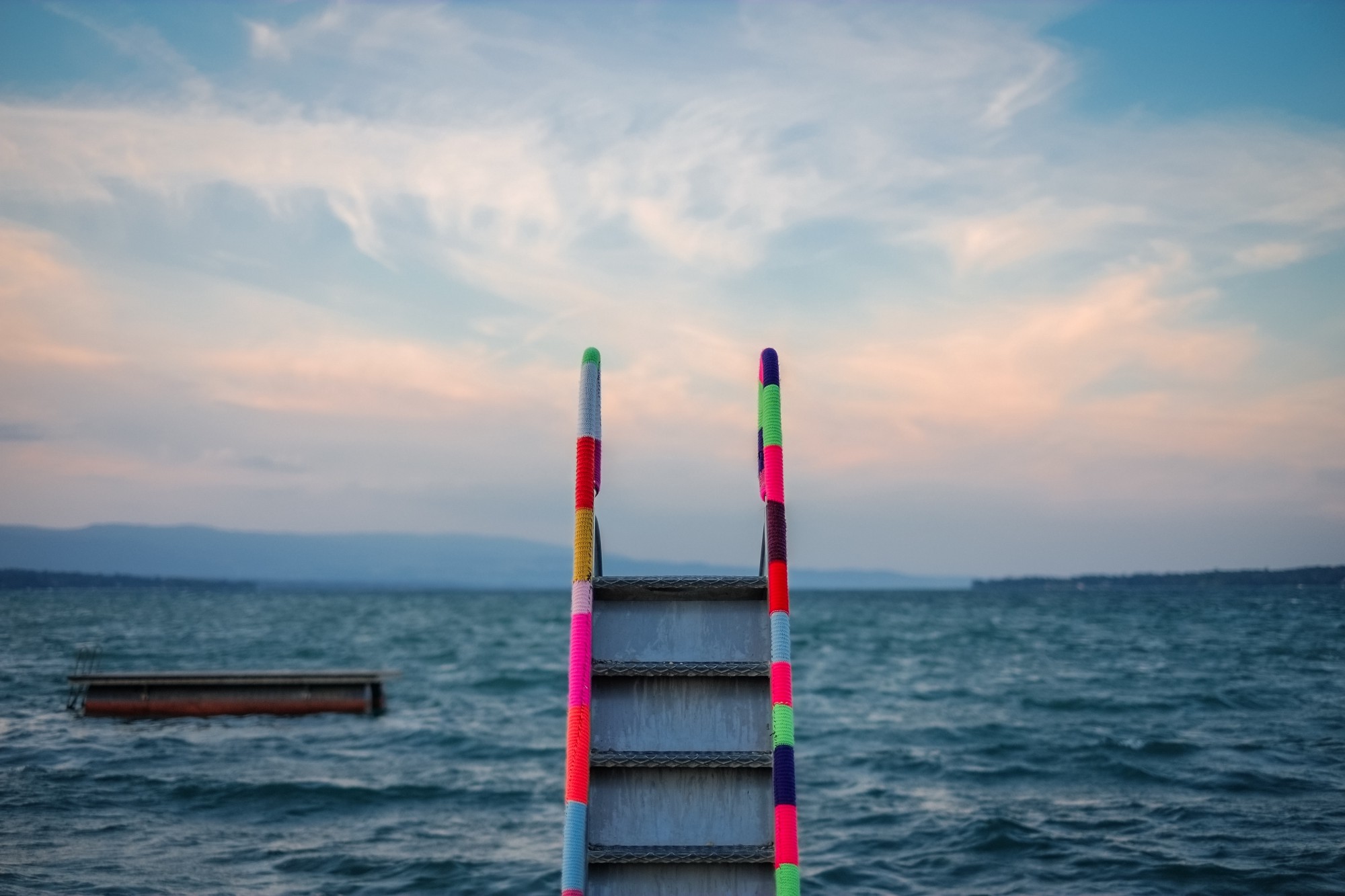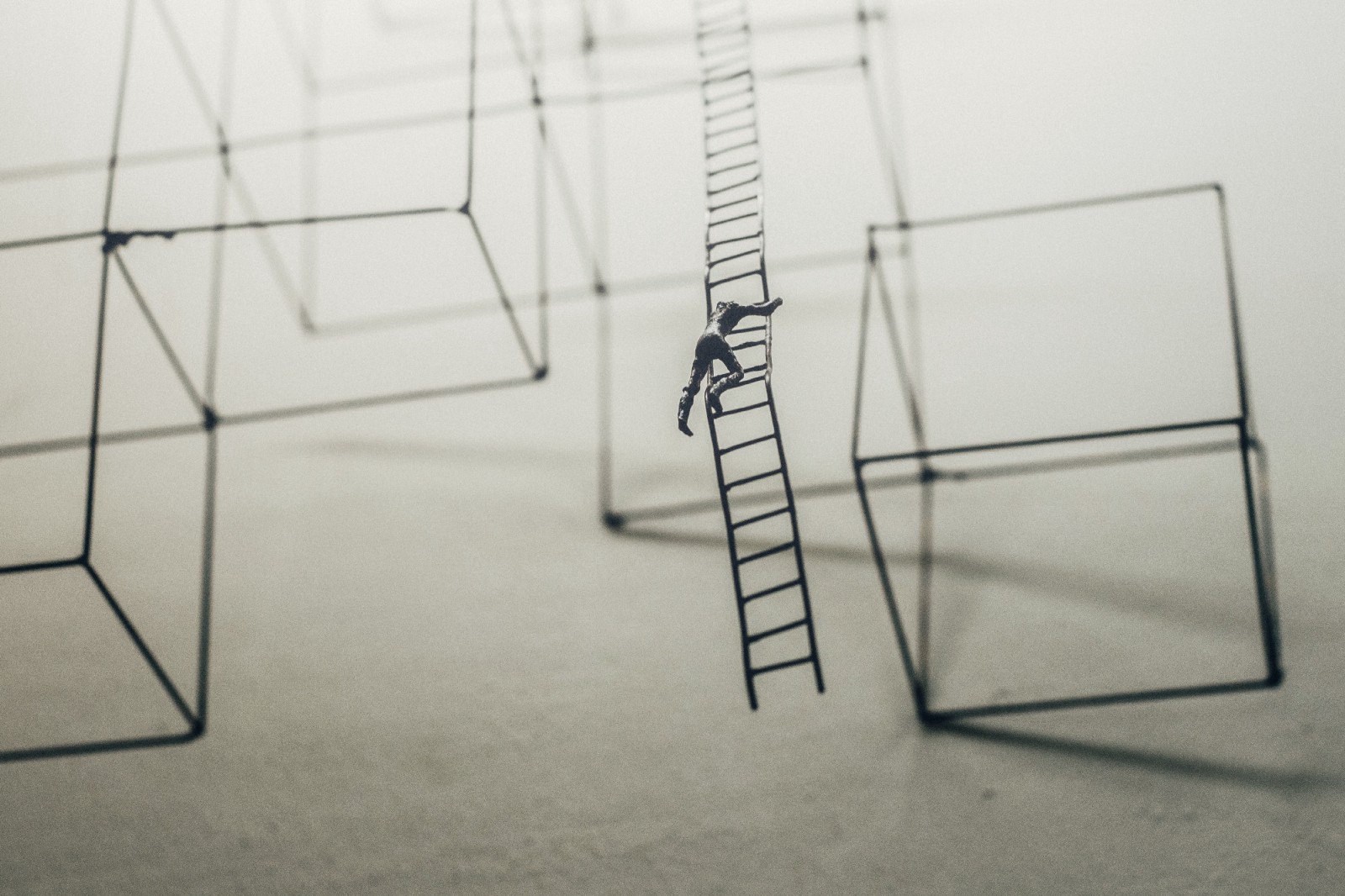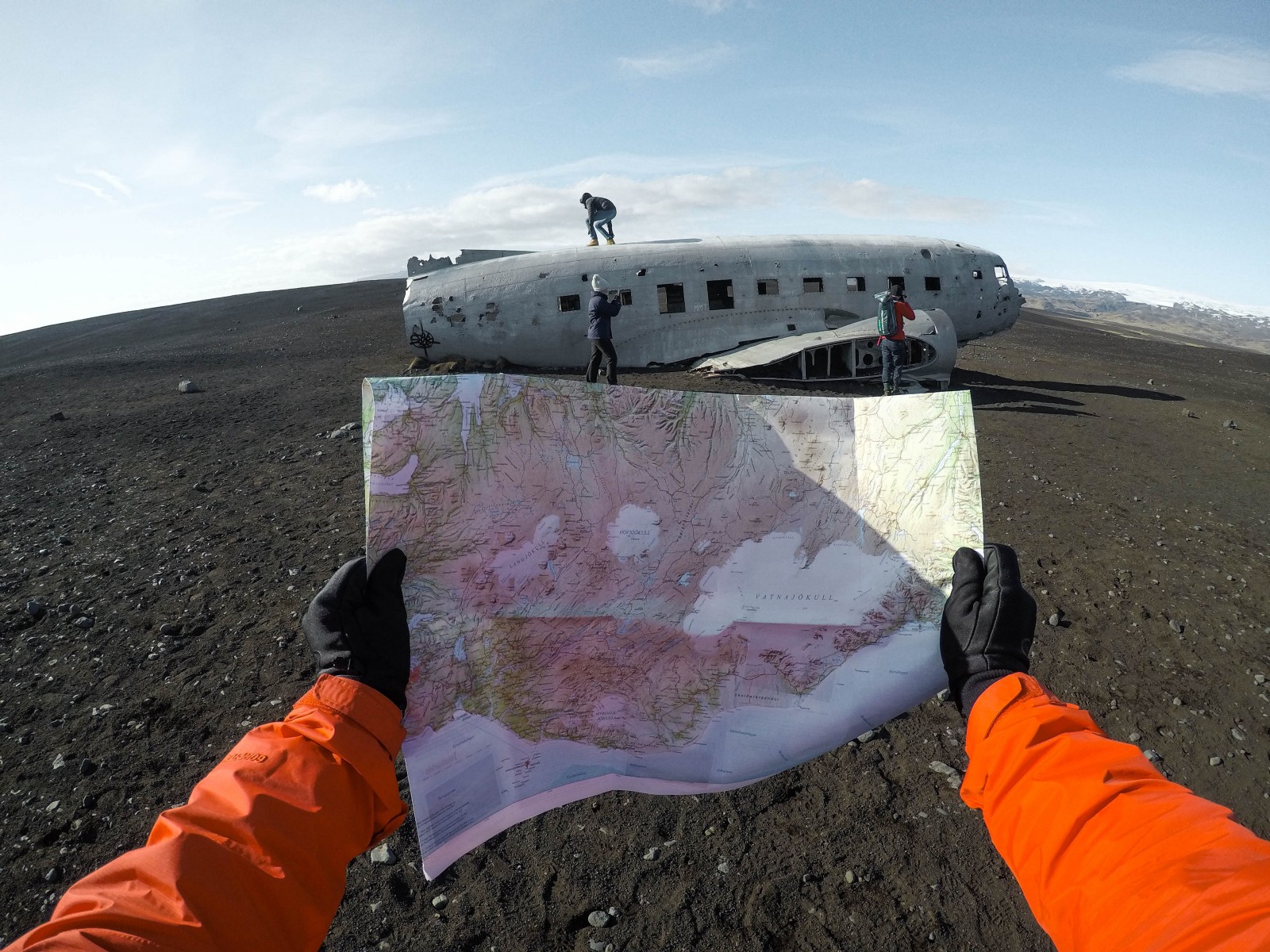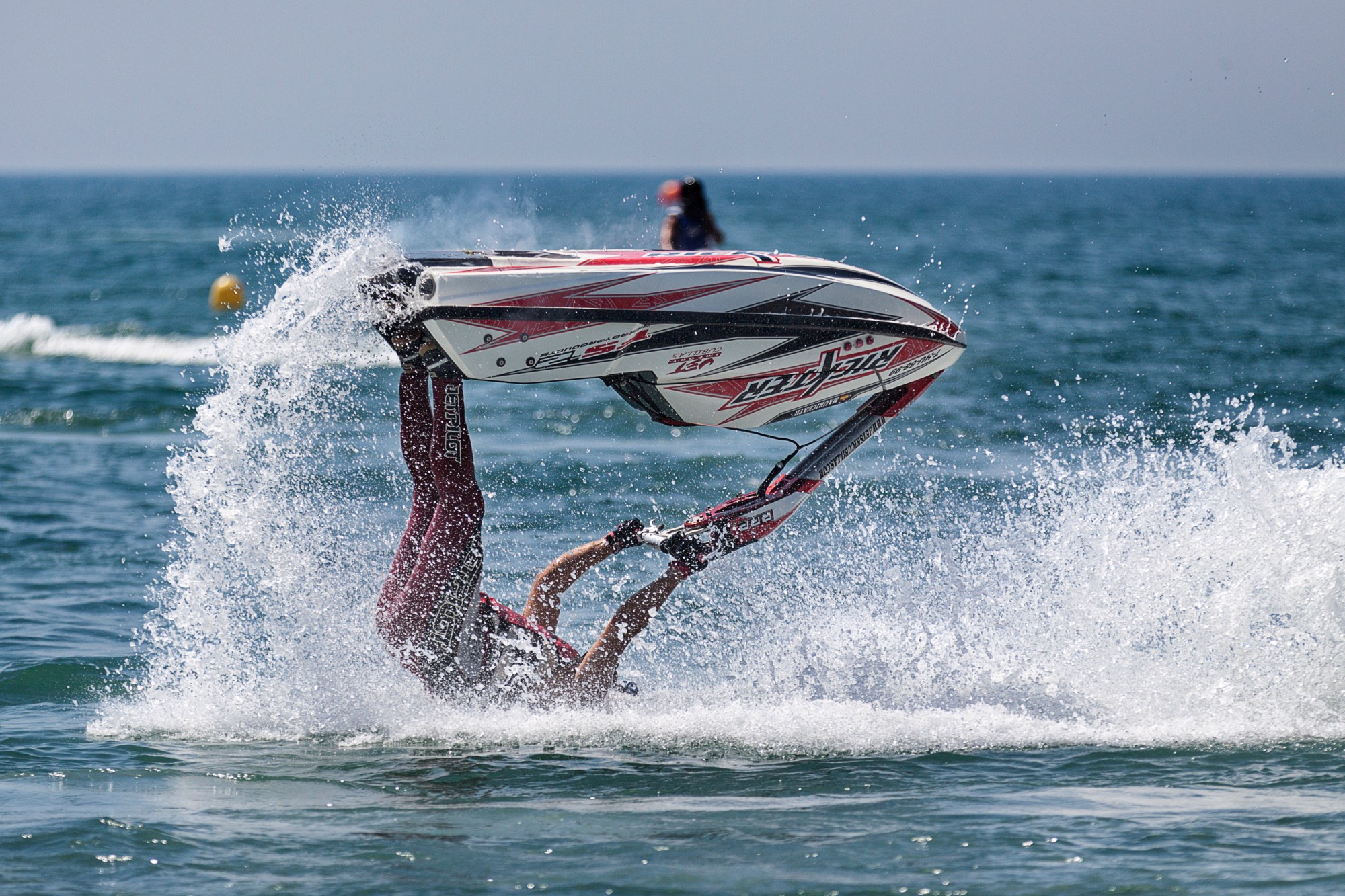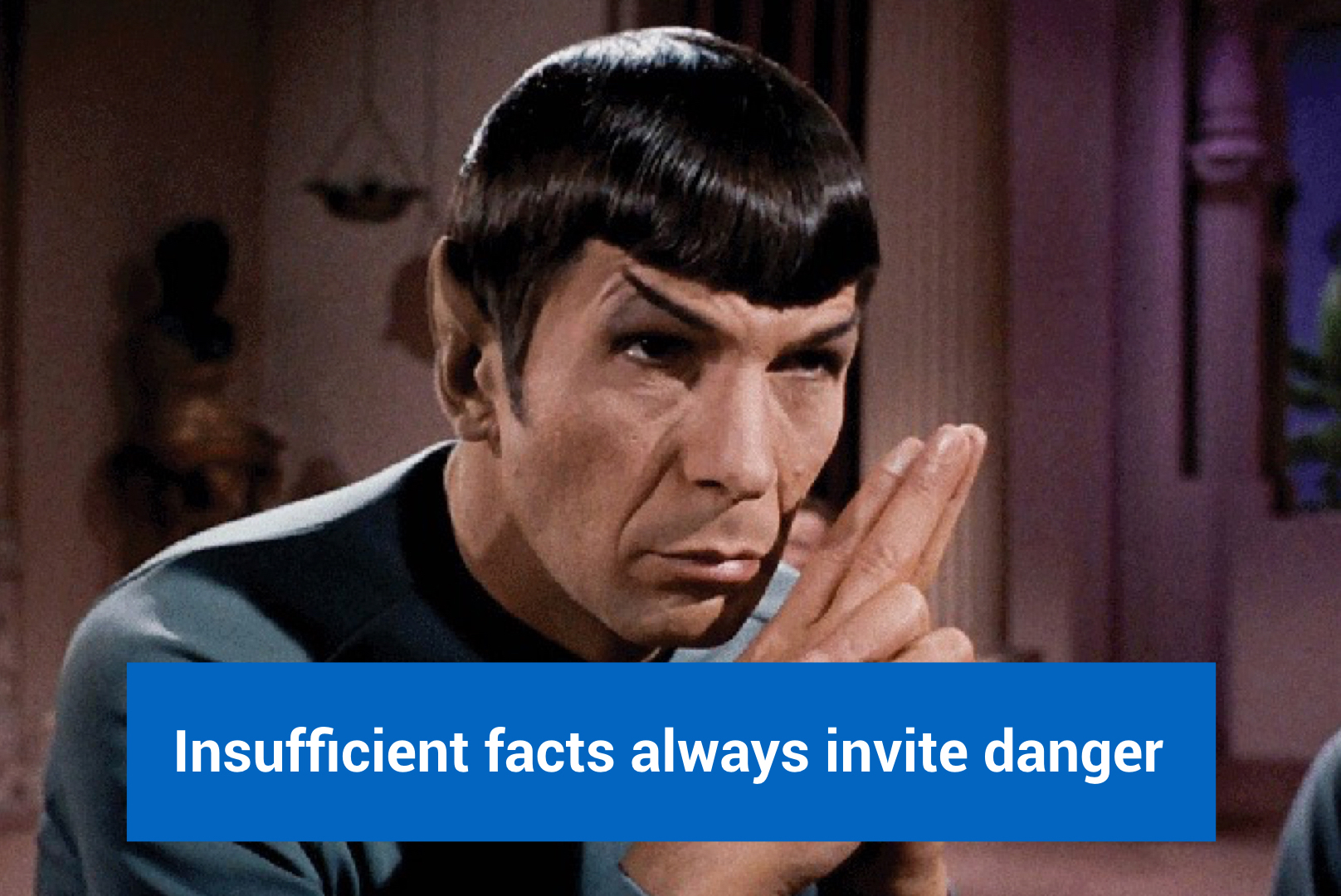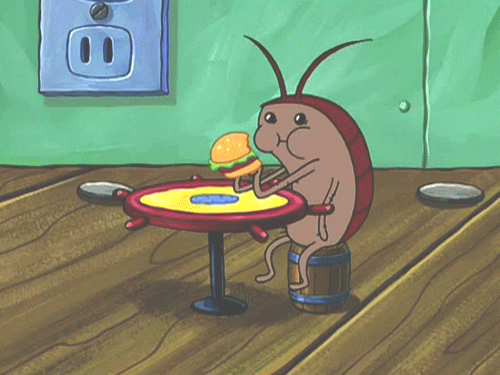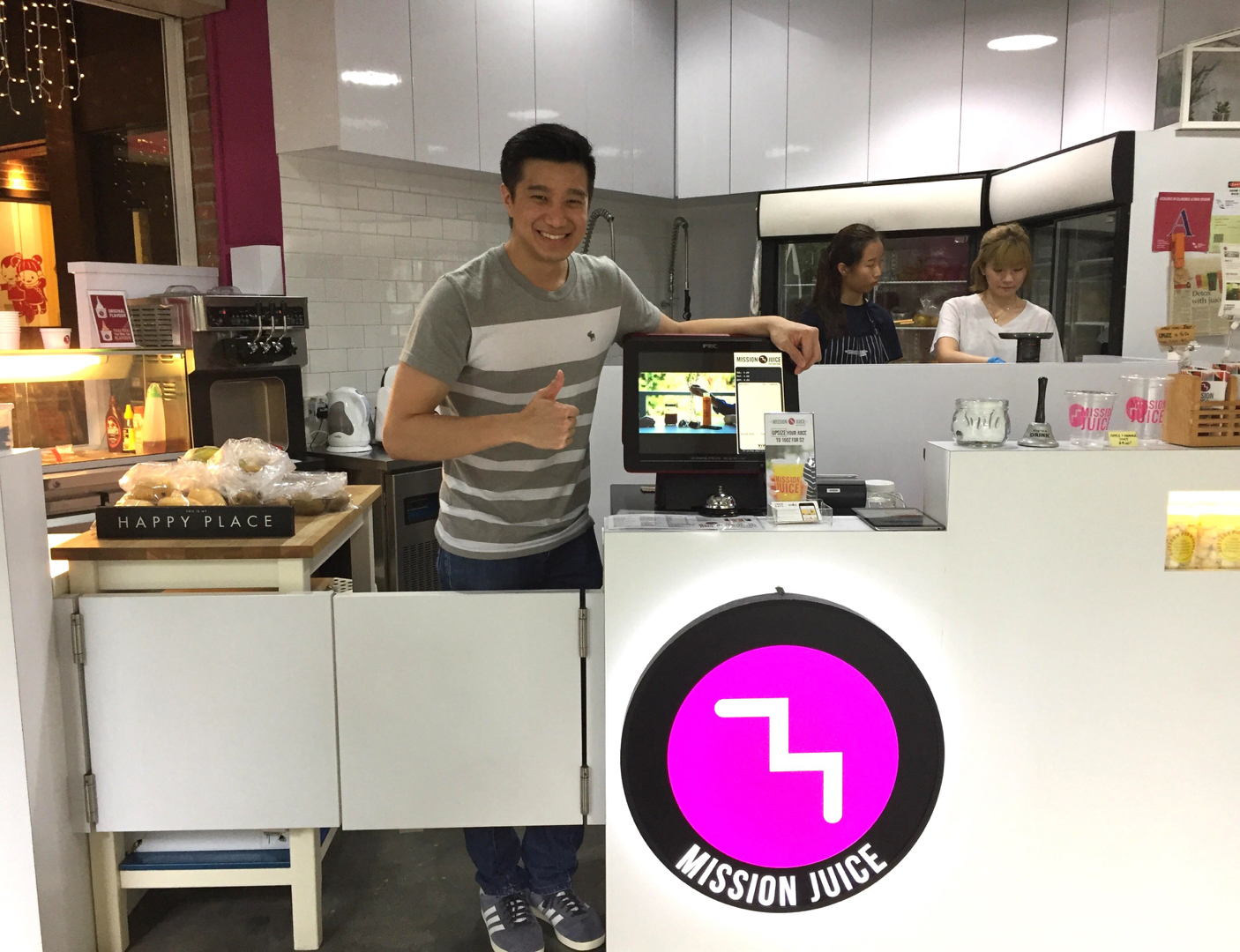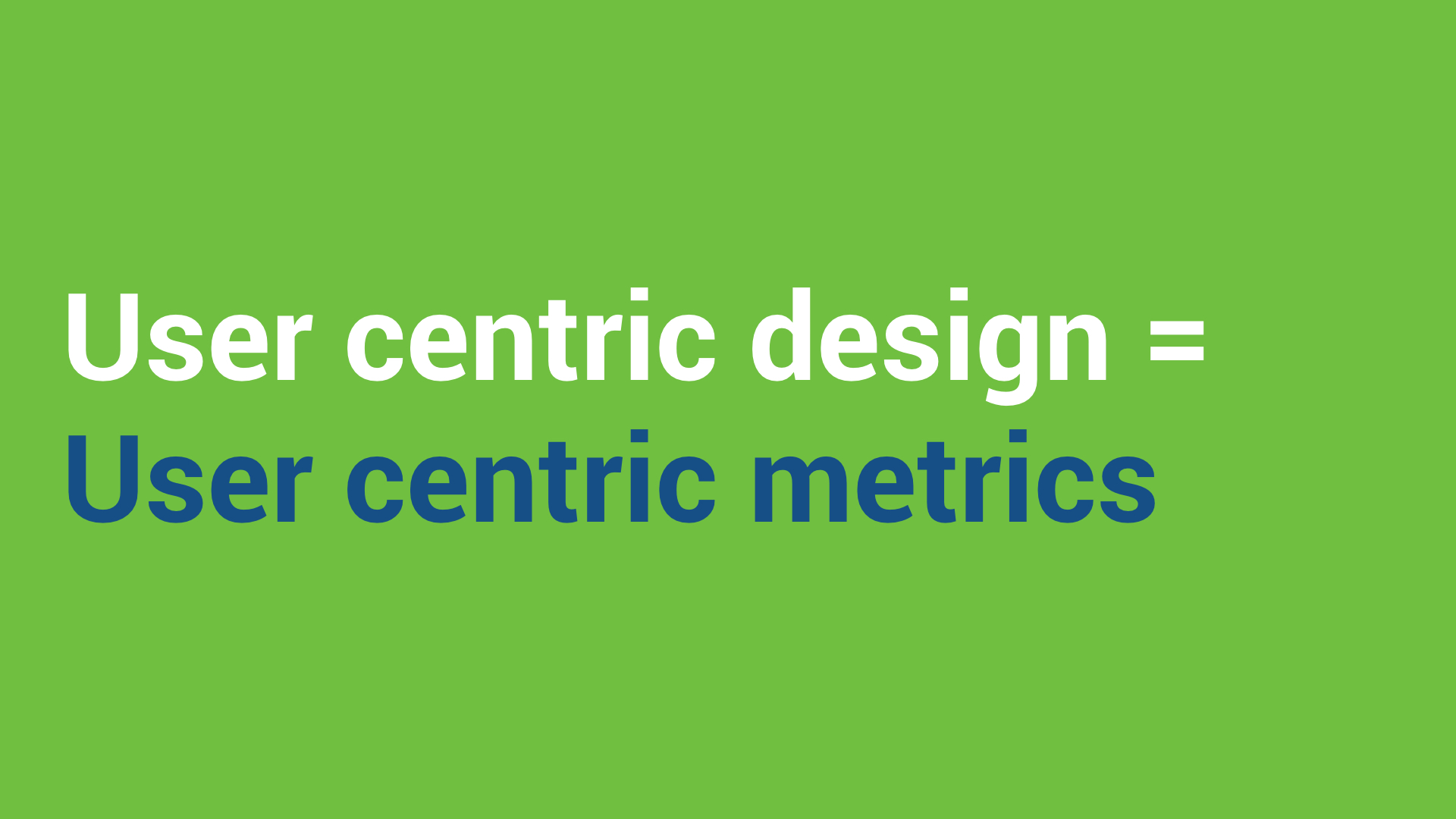The Tubelight- How I learned things years after they were taught to me
In the 90s in India we used the word TubeLight as an insult. For someone who is slow or lights up too late. Basically the last person in the room to get the joke :)
In the 90s in India we used the word TubeLight as an insult. For someone who is slow or lights up too late. Basically the last person in the room to get the joke :)
Agencies, studios, startups and consultancies
I started off as a designer in India with a salary of about $450 per month, designing logos and artwork for brands.
That was 10 years ago.
Since then I’ve worked in ad agencies, mom & pop design studios, tech centric startups and consultancies.
I’ve worked in huge teams of 150+ and tiny teams of 2 and 3.
I’ve worked as a graphic designer in print, as an HCI researcher going door to door in India, as a UX designer in San Francisco and Bangalore.
And now I’m working with a product design team in Singapore.
I looked for a common thread in all this design experience.
The TubeLight Moment
What I found was that throughout my design career I learned amazing new things that only truly clicked much later. I either didn’t get it, got it for a moment and then it was gone, struggled to grasp or apply it in any practical way.
And when it did finally click it was usually months or years afterwards.
Let me illustrate this with a few examples.
Draw 200 trees
My first story is from the design school I attended before I became a graphic designer.
Day two of our five year course we were asked to draw two hundred trees.
My immediate response was “What?”
What was the deadline? How do we draw it? Should we use 2B pencils or something else? Is it supposed to be realistic? Or abstract? What course was this part of anyway? What paper should I use? Are we going to get grades for this?
And so we wandered about our beautiful campus with questions and more questions.
I completed the task along with my classmates, wondering what my teacher was upto. At the time I thought he was just testing us, trying to get us to break out of our usual idea of an assignment. We were coming straight out of a rigid education system and he wanted to throw us into another mindset.
Years later my TubeLight came on and I realised there were two main lessons here.
The first was — Explore, explore and explore some more.
Draw 200 trees was a great way to explore the campus for new students. You could explore different styles of drawing. You could do anything really.
The second lesson was — getting comfortable with ambiguity.
Draw 200 trees was a very vague brief. It was up to us to clarify it, come back to the first principles of it and deliberately interpret it as we wanted to.
Design a chair
I was talking to a close friend of mine about this and she remembered her own TubeLight moment from her design education.
They were told to design and build a chair out of corrugated cardboard.
It had to support the weight of a person and behave like a chair.
Like any design student she was super excited about this exercise. She worked on it for a long time with her classmates and eventually came up with something she was happy with.
However what she thought at the time was:
I’m going to be a graphic designer. That was a really fun exercise but I’m probably never going to design a chair. Oh well.
A few years later — she was working on making hygiene kits for underprivileged children in Mumbai. The goal was to encourage basic practices like washing your hands.
She remembered the material corrugated cardboard.
How it was flexible, strong, affordable, and if done right, could look good. Suddenly she could show off her in depth knowledge of the material to her colleagues and her boss. They had found the perfect material for making hygiene kits.
That was her TubeLight moment — When she realised the exercise wasn’t just about designing a chair. It was about understanding materials. Not just understanding cardboard, but understanding the depth of how you could use a material in different ways.
Explore vs. Execute
Another TubeLight moment for me was when one of my first bosses said:
Your first option is probably the best one
In design school we were pushed to try 500 different options until we found the right one. The harsh reality of the design industry was execution.
You had to deliver results — sometimes on the same day.
Explore vs. Execute. So I thought, OK this was the balancing act we have to do as designers.
Then there’s Make and Ship
If you don’t have time for 500 explorations and to truly go in depth, you can make a quick prototype.
You can workshop and build test objects. This isn’t production quality execution. But you can still explore by making things: You can convince clients with a prototype if the explorations aren’t getting through to them.
Then I discovered- Shipping. Ship your product to production.
When I joined the startup world, this is where the whole explore vs. execute conflict really clicked for me.
While working at Postman, an API testing service for developers, we grew to more than 4 million developers. That means, 4 million developers were using our software in about a year and a half. That’s a really hectic growth curve.
I learned to ship a lot! We shipped to millions of users and learned which designs were actually working, live in the real world.
The moment we knew which designs weren’t working, we would update again to millions of people and keep iterating on the fly.
It was a great way to explore and execute at the same time.
TubeLight moments are not always aha! moments.
They are (sometimes) slow dawning realisations over months and years as you delve deeper into the things you’ve learned.
Learning moments depend on being in the right place at the right time.And having the precious opportunity to practise what you have learned.
Learning design like a TubeLight
1. Most of the time you don’t truly connect the dots until much later.
2. TubeLight moments click like aha! moments.
3. Sometimes TubeLight moments are (painfully) slow dawning realisations.
4. Without the right opportunity in the industry you may never truly learn — because you can’t apply what you’ve learned.
Thank you for reading ❤
I would love to hear your TubeLight moments in the comments :)
(This article is an excerpt from my talk at the IXDA Education Summit in France in Feb 2018).
Originally published on Medium.
Your design career doesn't have to make sense right now
A lot of designers I meet worry about structuring their career in the “right way”. They obsess over which “industry vertical” to work in. They worry if this or that company is the right “next step”.
A lot of designers I meet worry about structuring their career in the “right way”. They obsess over which “industry vertical” to work in. They worry if this or that company is the right “next step”.
This was especially highlighted when I spoke at DBA Singapore recently about my work. It made me realize a lot of things that I’ve learned, I have learned in hindsight.
So here are some things I wish someone had told me while I was slogging out there in the design industry.
Don’t worry about some kind of overarching “narrative” in your career
It will make sense eventually (trust me).
Do what you love, learn new skills (even if they are not design related) and work with amazing people.
If you studied graphic design, don’t get too invested in the label of “graphic designer”.
Your career is not a straight up ladder (it’s a zigzag)
It’s a lot of detours, experiments, random events and luck!
Just have fun on the ride while you try to pay your rent.
If you need to learn a new skill, take that demotion if you can. That new and different skill is going to be invaluable to you in the future.
Failure is good
It makes you question and experiment more. It makes you leave your job and try something else. That’s amazing.
The more things you try the closer you are to finding the thing that is going to work for you and bring the story together (finally).
It doesn’t matter how cool the work is
You could be working for the biggest brands, the coolest clients, newest tech, the most funded startup. But it means nothing if the people suck. Work with the best people and teams. You will become a better designer.
Caring too much about the “what” you are working on is a rookie mistake.
It’s ok to quit your job in the first 3–4 months
No it doesn’t “look bad.” You tried something and it didn’t work. It’s ok!
The best time to quit a job that’s not working for you is in the first 6 months. Don’t stay and just make it worse for yourself and the team you are working with.
Go look for something better for yourself.
Thank you for reading!
What did you learn from your design career? Does your design career make sense? Let me know in the comments :)
This post was originally published on Bytes of Candy in October 2017.
Design metrics for better design decisions
This quote by Spock explains what most designers instinctively understand. It’s easy for numbers to mislead a team down the wrong path. You need to be constantly vigilant that you are measuring the right things, for the right reasons, in the right way.
So how can metrics help designers in a consistent, practical way?
This quote by Spock explains what most designers instinctively understand. It’s easy for numbers to mislead a team down the wrong path. You need to be constantly vigilant that you are measuring the right things, for the right reasons, in the right way.
So how can metrics help designers in a consistent, practical way?
1. Funnels convert complex user behavior into neat little chunks of data
Let’s say you have an amazing number of 5000 signups/week. However this is not actionable to you a designer. Even if you have a trend on top saying signups are going up or down, that is still not helpful.
Funnels are a great way to identify starting points for a redesign. You can prioritize what needs to be fixed first by looking at conversions and drop-offs. You can even kill the entire funnel and make a new one.
2. Upgrade to a goal oriented design process (stop the opinions)
Awesome illustration by The Design Team
Design reviews often spiral into confusion and vagueness. People focus on fonts and colors when the real stuff is the interaction and user flow. Use metrics to keep everyone clear headed and on point. Especially for non-designers, it’s a great way to start learning about potential impact of good design.
Use metrics to deal with superficial stakeholder feedback like “Make the logo bigger.”
What I imagined when I read the amazing tweet above
3. Test and validate your designs
It’s not always possible to extensively test your design with user research. Especially for superficial changes, use metrics to validate your designs once they are already live in production. This is the fastest way to work in small teams. Keep checking and validating that you are on the right track with user interviews and numbers.
Any extensive research effort with both interviews and a/b testing may lead to a month of wasted time when you can always validate on the go.
Old hero tile
New hero tile
For example we recently redesigned this hero tile for our product. Instead of extensive internal reviews and testing for a relatively minor change, we went ahead and made the change in a day. Then we checked that this was working better than the older version and it was.
Conversions increased by 7%!
4. Setup your own design metrics stack
In about 3–4 weeks you should be up and running so that your design team can make more data based decisions. Depending on how your product architecture is structured, it may be easier or harder. But it’s always worth it.
There are a ton of amazing services out there that make it much easier today.
Fullstory has an amazing rage quit feature that is amazing for any designer. You can watch video session replay of people who were recently pissed off by your app or service.
Services we use for qualitative and quantitative data. User interviews happen in parallel.
So we use GA for basic numbers, Optimizely for A/B testing, Amazon QuickSight for dashboards, FullStory for qualitative and quantitative and Desk for customer support data.
Eventually it’s really cool to have your own dashboard with all the behavior data in one place.
5. Metrics for discovery and exploration
The way people use software and apps is constantly changing. Looking at trends helps you understand user behavior at a deeper level.
You can gain new insights and convert them into radical ideas and designs for the future of your product, six months or a year from now.
Discover new usability and functional bugs
Although the engineering team is always tracking performance, sometimes problems slip through the cracks. Mysterious changes and dips in numbers can be an insight into a new bug in your product.
6. Find your user centric metrics
Joel uses our new product CandyBar
Never lose sight of the person who uses your software. It’s crucial to listen to the rich stories behind the numbers so that there’s always context.
What is success for your customer?
For example at ReferralCandy our success metric is the amount of referral revenue we help our retailers earn.
For the consumer side of our service, its the reward the consumer gets. It could be a gift or cash reward.
So really think of the user centric metric that your entire product team can get behind and design for.
User centric metrics fits neatly into user centric design
Thank you for reading! This article is based on a talk I recently gave at Tech in Asia 2017.
You can also check it out on Medium.






